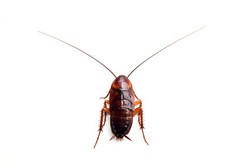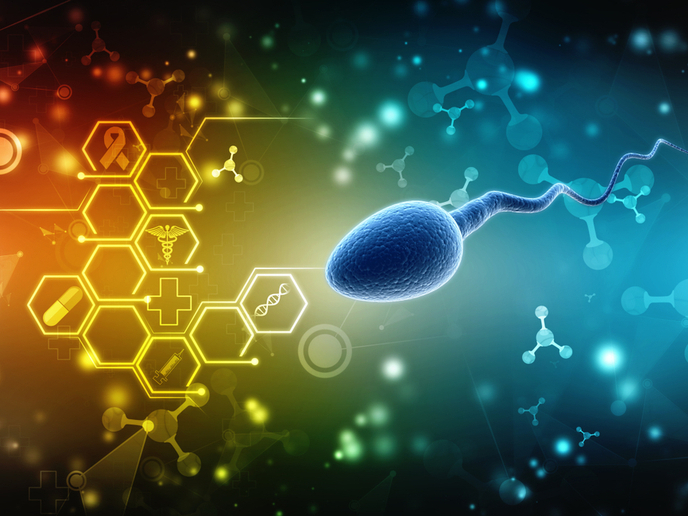Insect hormone leads to new pesticides
JH plays a crucial role in insects and crustaceans and its synthetic analogues have been used since the 1970's to control insect pests and carriers of disease. However, this molecular action was only discovered recently. It revealed that the effects of JH and its insecticidal mimics are mediated by the 'methoprene-tolerant' (MET) protein, which was believed to be a JH receptor. The JHRECEPTOR (Structure and function of the insect Juvenile hormone receptor) project aimed to prove that MET is a true JH receptor. To achieve this, researchers studied the structure of the hormone binding part of MET and demonstrated that this binding is critical for insect development. They also investigated the transcriptional activation by MET in response to JH and the function of proteins that interact with MET. Successful identification of the JH receptor was critical to understanding how insect development and reproduction are regulated and how insecticides mimicking JH exert their effects. This was reflected in the fact that the results of JHRECEPTOR have received >200 citations to date in seven peer reviewed papers published within the project. The project has clearly inspired further research in the field of insect endocrinology. JHRECEPTOR developed powerful new research techniques including an in-vitro JH binding assay and a cell-based system for testing potential new JH agonists and antagonists. New collaborations within the Czech Republic, South Korea and the United States were established to investigate these mechanisms. Project outcomes will contribute to the design of environment-friendly insecticides that do not harm beneficial insect species. In the future, these compounds could be adopted by the chemical industry, replacing the relatively non-selective JH mimics that are in use today.







